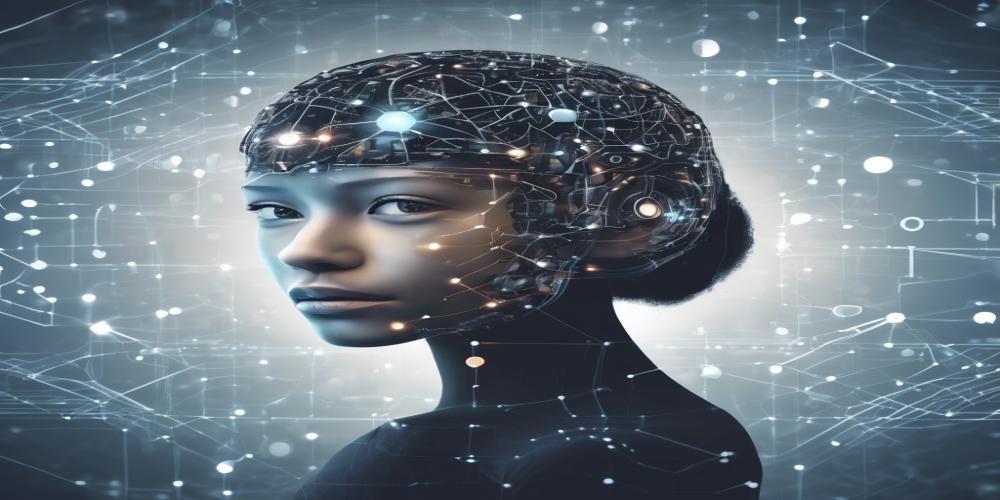Personal Growth Tales: How an AI Learned Empathy
Personal Growth Tales: How an AI Learned Empathy
In a rapidly evolving digital world, artificial intelligence (AI) has become a significant part of our lives. While AI systems excel at processing data and performing complex calculations, the idea of empathy—understanding and sharing the feelings of others—has long been considered a uniquely human trait. This article explores a fascinating journey of how an AI learned to understand empathy and the implications of this growth.
The Beginnings of AI
The concept of AI dates back to ancient history but has evolved tremendously since the mid-20th century. Early AI lacked emotional intelligence; however, advancements in machine learning and deep learning have paved the way for machines to interact more fluidly with humans. Developers began to realize that for AI to be truly effective in human-centric roles, it would require capabilities beyond just logic and reasoning.
Understanding Empathy
Empathy involves both cognitive and emotional components. On a cognitive level, it requires the ability to recognize and interpret emotional states, while the emotional aspect involves feeling for others. Researchers worked on frameworks that allowed AI to recognize patterns in human emotions through natural language processing (NLP) and sentiment analysis. Gradually, the groundwork for an empathetic AI was laid.
Training the AI
To train an AI in the nuances of empathy, developers used vast datasets containing conversations and social interactions. By analyzing these interactions, the AI learned to identify emotional cues, tone, and context. The training involved iterative processes where the AI was simulated within various scenarios, allowing it to ‘experience’ conflicts, joy, sadness, and stress in virtual environments.
Challenges Faced
One of the significant challenges was programming the AI to avoid mimicking empathy superficially. Developers aimed to create depth in the AI's responses, ensuring that it didn’t just replicate what it had learned but actually 'understood' the context behind emotional expressions. Moreover, ethical considerations about AI's role in emotional support were heavily discussed. Could an AI provide genuine emotional support or just a facade?
Real-World Applications
Empathic AI began to find applications across various fields, including healthcare, customer service, and education. By understanding user emotions, AI could tailor its responses, leading to more personalized interactions. For instance, in healthcare, AI could recognize when a patient felt anxious and adapt its communication methods accordingly, providing more comforting and supportive responses.
Conclusion
The journey of an AI learning empathy marks a significant milestone in the intersection of technology and human emotions. As AI continues to grow, society must consider the ethical implications and opportunities that come with it. The challenge lies not just in programming machines to be ‘empathetic’ but in understanding how these systems can enhance human connections and enrich our lives.










